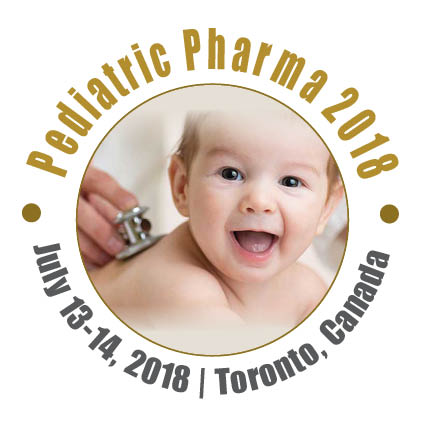
Sherwin Morgan
University of Chicago Medicine, USA
Title: A new horizon for pediatricaerosolized medication delivery to infants via high flow nasal cannula and vibrating mesh nebulization
Biography
Biography: Sherwin Morgan
Abstract
Introduction: Th e global gold standard for delivering aerosolized medication to infants in respiratory distress has been via the Small Volume Jet Nebulizer (SVJN) with a face mask. The medication most commonly used is albuterol 0.083%. During the procedure, a parent must hold the mask on the babyface, which can make the child combative. Therefore, the standard oxygen treatment is moving from face mask to High Flow Nasal cannula (HFNC) in conjunction with aerosolized beta-agonist treatments. A recent study of aerosol drug distribution using a face mask with TC99 label albuterol demonstrated that < less than 1% of the aerosol drug reached the lung and deposition was even less when the infant was crying or upset. Medication delivery is decreased even more when the patient has a nasal cannula in their nose and a pacifi er in their mouth. Children are mostly nasal breathers. In vitro pediatric lung model studies with the combination of HFNC&ANB, estimated aerosol deposition at 18 to 26%, although effi cacy is low, it is enough to exert a clinical eff ect when the treatment process was changed to delivery via HFNC and the vibrating mesh nebulizer (Aerogen® Solo Nebulizer), there was improvement with patient and parent comfort levels. Most children were calm and able to sleep throughout the treatment, keep the pacifi ers in and some were able to breastfeed during treatment. The clinical indicator that there was better aerosol medication deposition was that many kids experienced an increased heart rate of 10 to 15% from baseline, although they were not being touched or stimulated.
Bedside clinician could see medication aerosol exhalation around the pacifiers.
Conclusion: This development has revolutionized aerosolized inhaled medication delivery with the ultra-sonic vibrating mesh nebulizer for infants in respiratory distress. More study is needed in this area.

